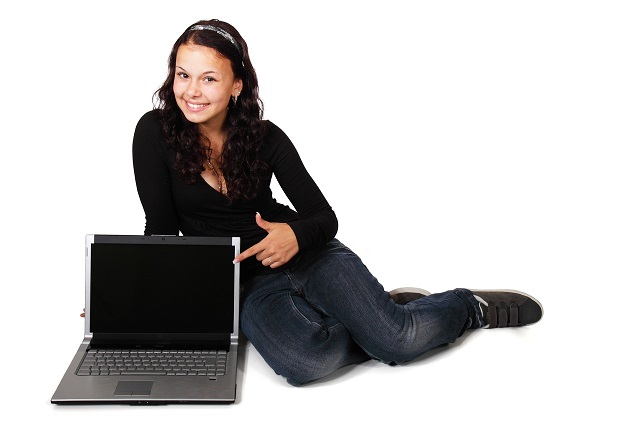Press Release
REVIEW: HP TOUCHSMART 610-1030A DESKTOP PC
While touch displays have become standard on mobile devices, touch displays for desktop PCs - ushered in by HP on its first TouchSmart back in 2007 - haven't really set the world on fire. So what do touchscreens bring to the desktop environment?
|
FOR IMMEDIATE RELEASE |
24/05/2011 |
While touch displays have become standard on mobile devices, touch displays for desktop PCs - ushered in by HP on its first TouchSmart back in 2007 - haven't really set the world on fire. So what do touchscreens bring to the desktop environment? HP had continued to build on its its TouchSmart line, so we decided to see if its latest offering, the TouchSmart 610-1030a, provides a compelling reason to ditch the traditional keyboard and mouse - at least for some users.
View all
The first thing you notice about the HP TouchSmart 610 upon removing it from its packaging is its attractive, low profile, all-in-one (AIO) design. This is thanks in no small part to a rather hefty power brick that can be hidden away behind a desk with the result being a desktop unit that crams all its components in a case just 10.3 cm (4.05 inches) deep. The 610's curved rear is attached to an innovative sliding and pivoting stand that allows the PC to be used in the traditional upright position, or lowered and tilted down to 60 degrees so the touch display sits almost flat.
Since the 23-inch 1920 x 1080 pixel display is designed to be used at an angle, the 610 employs an In-Plane Switching (IPS) panel that offers superior viewing angles compared to other LCD panels technologies. The 610's display does indeed provide bright, vibrant images when viewed in either upright or lowered positions, but the highly glossy touch display means you won't want to be using the 610 with a window directly behind you or, in the lowered position, with a light directly above you.
One other point that is immediately obvious when the TouchSmart PC is switched off after a touch session is just how much of a magnet the glossy display is for fingerprints. This should come as no surprise, but when you're used to a clean desktop display the fingerprints, which are more obvious from certain angles and lighting conditions, do stand out. Suffice to say, your cleaning cloth is sure to get a lot of use.
Getting touchy
TouchSmart 4.0
While Microsoft added native multi-touch capabilities to Windows 7, HP has included its own TouchSmart 4.0 software suite that sits over the top of the OS. The default view sees available apps shown in a rotating carousel dock at the bottom and a "Magic Canvas" desktop to which users can pin shortcuts - or as HP calls them "magnets" - and see open applications. The view can also be switched to a tile display that places applications in a grid in alphabetical order. With a swipe of a finger it is also possible to pan left and right across the Magic Canvas if you've crammed it with a ton of shortcuts - I mean magnets - or have multiple applications running.
The applications within the TouchSmart suite are generally of the basic variety with oversized controls better designed for touch input than the more precise inputs needed for the smaller Windows controls. Alongside the photo, music and video applications is a web browser, Facebook and Twitter clients and a few touch-based games.
While the software and indeed the computer itself is advertised as multi-touch capable - which is technically true if you take "multi" to mean more than one. Due to HP opting for an optical-based technology rather than the capacitance touchscreens found on most mobile devices, the display is only able to recognize a maximum of two touch inputs at the one time. While this means that a gloved finger, a stylus, or just about anything can be used to provide touch input, it does result in the system getting confused if more than two inputs are placed on the screen at the one time.
This means a dangling sleeve can quickly cause frustration but isn't really a problem in terms of supported gestures since the touch controls, both within Windows and the TouchSmart UI, such as pinch to zoom, rotate and swiping, generally only require two inputs.
Tags:
HP TouchSmart |
touchscreen |
desktop
---
Organisation Profile:


